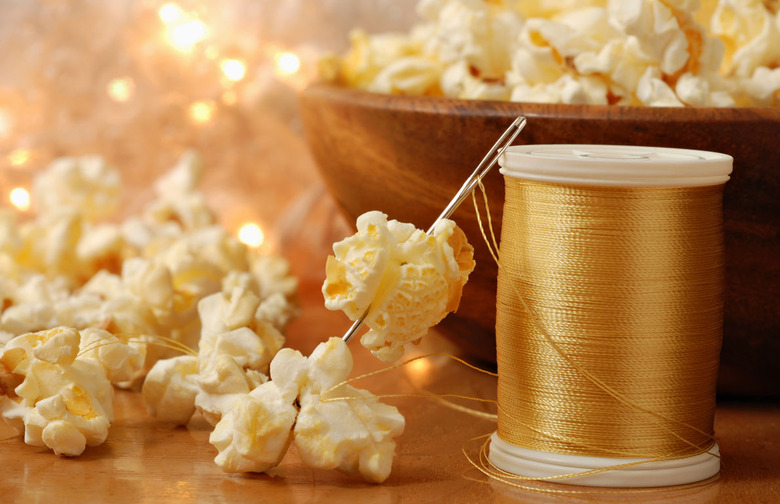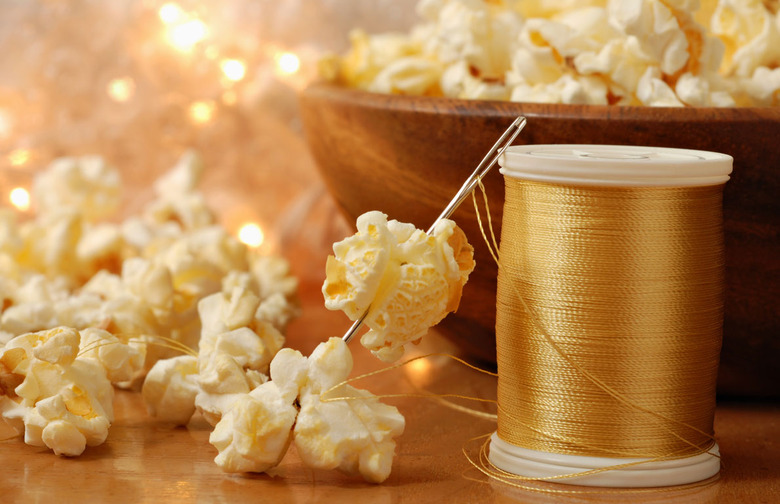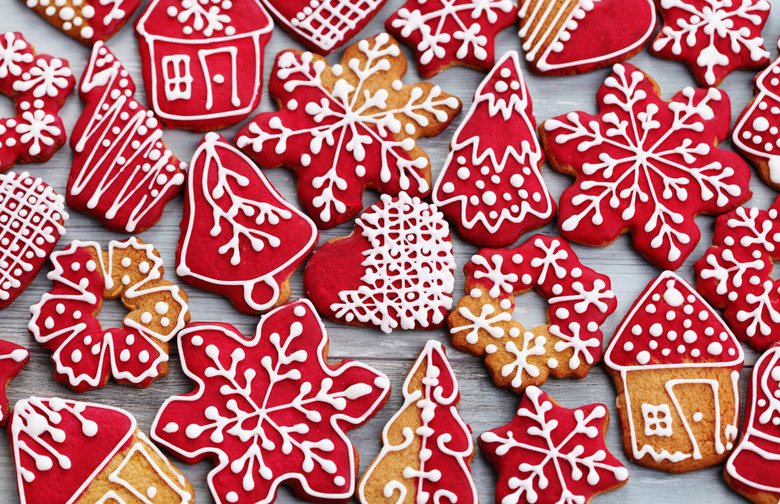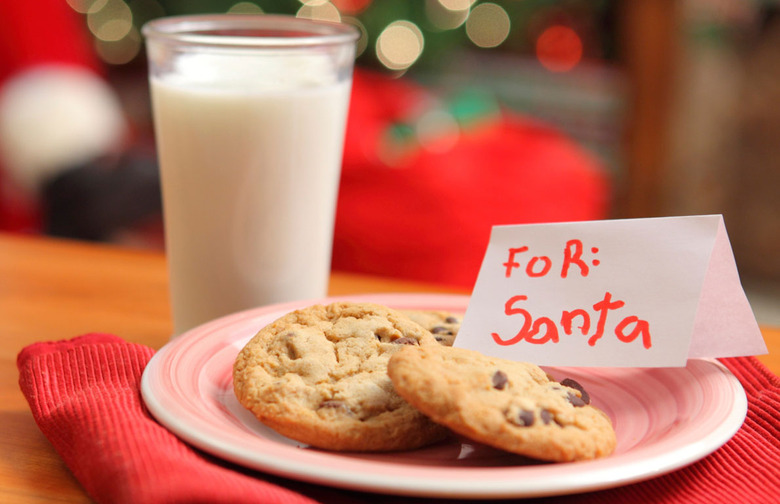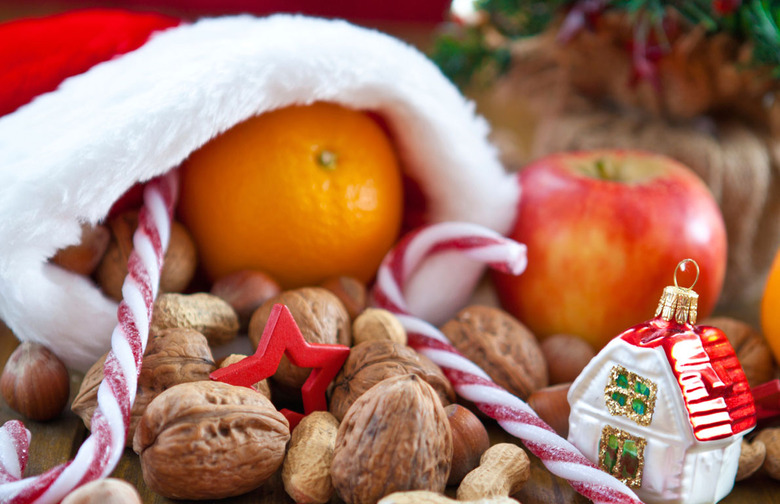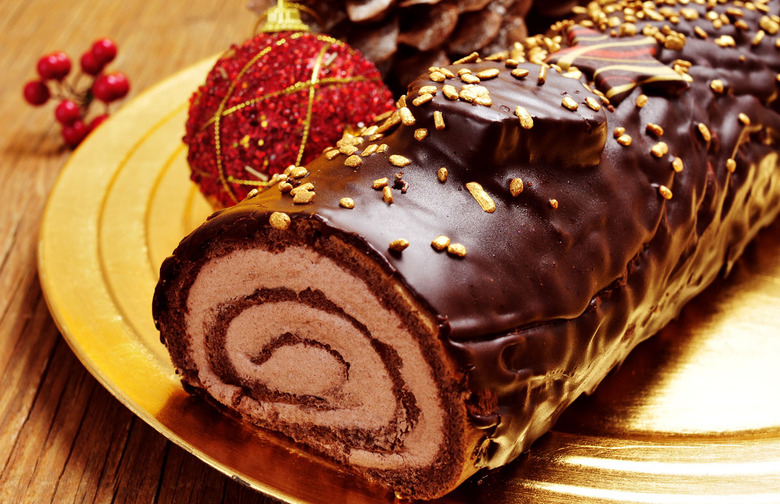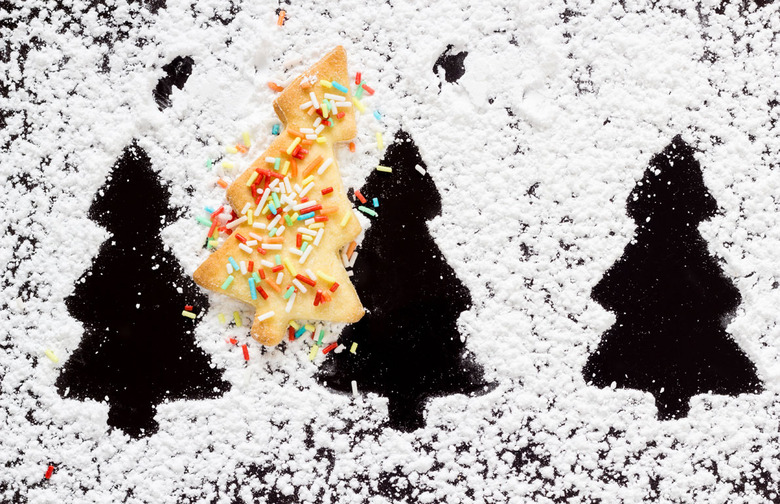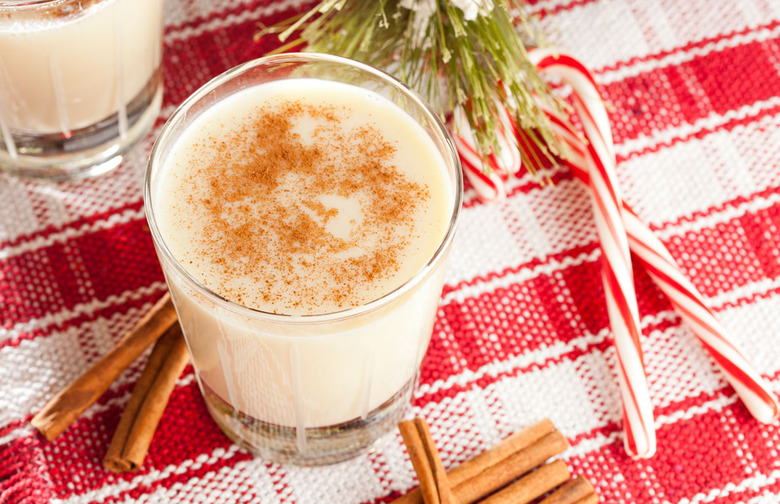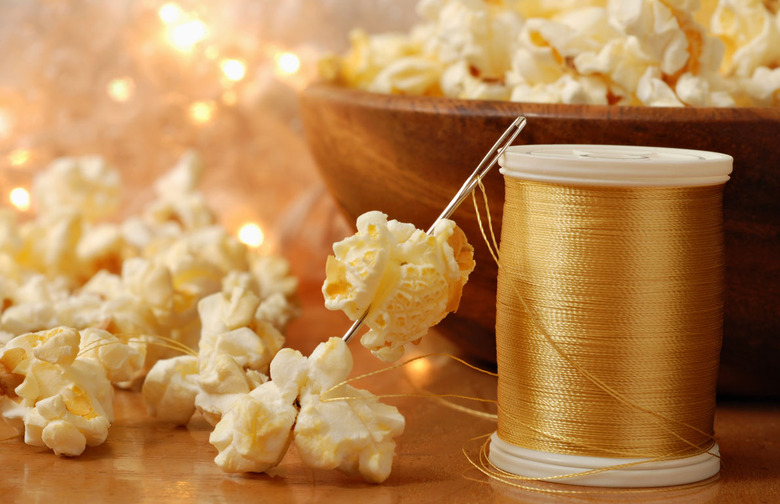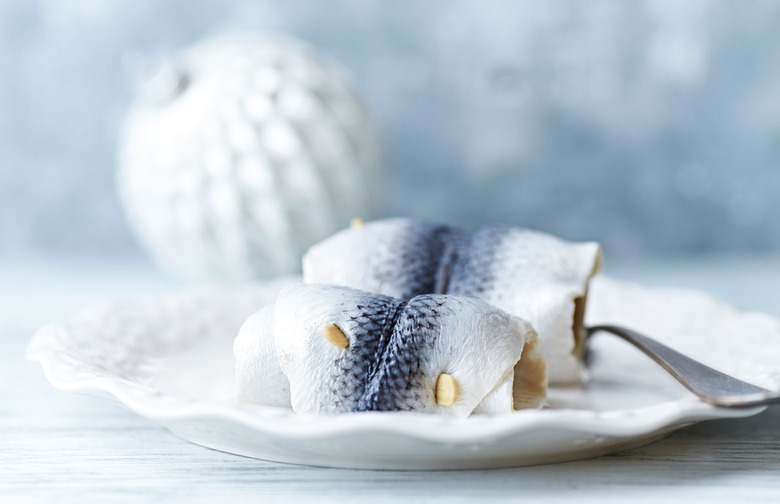Fun Christmas Food Facts
What Do You Know About Christmas Cuisine?
Learn about some of Christmas's most delectable traditions and make them your own. Explore why we leave out cookies out for Santa, and continue the ritual by whipping up some of your all-time favorite Christmas cookies for that plate on the mantle. Celebrate with timeless eggnog and engage with its history, or revive the old-school practice of dropping a tangerine and/or some walnuts in a stocking or two. 'Tis the season to be jolly!
Christmas Cookies
Christmas cookies come in a wide variety across the globe. Cookies flavored with what we think of as Christmas spices and studded with dried fruit and nuts date to medieval times. Cut-out cookies have been traced back to the eighteenth-century tradition of Mummers, traveling players in England, who used them along with other foods as props in acting out Christmas stories. Large cut-out cookies also served as window decorations for Pennsylvania Dutch children in the 1800s. Today, they are synonymous with the holidays all across the U.S.
Cookies for Santa
Now, we don't typically adorn our trees with food, but in medieval Germany, apples, wafers, and cookies were commonplace as ornaments. Once this tradition merged with Christianity and the tree became a symbol of Christmas, children began to notice the disappearance of edible tree ornaments. The vanishing of decorations was blamed on Santa who snacked on them. It became traditional to leave a plate of cookies by the fireplace to keep them warm for Santa's snack.
Tangerines in Your Stocking
Santa has a list and he's checking it twice. Bad children get coal and the good ones get tangerines. Tangerines? In the U.K., good kids traditionally get a tangerine in their Christmas stocking. This practice began with nuns in twelfth-century France, who left stockings filled with nuts, tangerines, and other fruits at the houses of poor families. To their credit, a dose of vitamin C is actually a perfect gift during the colder winter months.
The Legend of the Bûche de Noël
Although the classic Christmas cake, Bûche de Noël, or Yule log, is French, the custom comes from pagan British celebrations of midwinter, or Yule, where a log was burned in homes to banish darkness and bad luck. By the Tudor period, the Yule log was decorated with ribbons and kept burning for the 12 days of Christmas. The French log-shaped confection made of chocolate cake and pastry cream symbolizes the belief that a log should burn continuously on Christmas night.
Gingerbread Houses
Gingerbread dates back to Greece in 2400 B.C.E., and by the late Middle Ages, Europeans had their own version. Gingerbread houses, however, originated in Germany during the sixteenth century and soon became associated with Christmas. The largest gingerbread house on record was erected at Traditions Golf Club in Byran, Texas, in 2013. It required a building permit, covered 40,000 cubic feet, and was constructed of 4,000 gingerbread bricks. That involved a ton (almost literally) of butter!
Nazareth Sugar Cookie
Sugar cookies are an addictive holiday essential that come in all shapes and sizes, frosted or sprinkled with colored sugar. There's nothing better than butter, sugar, and a little vanilla. This popular cookie, called the Nazareth sugar cookie by the Amish, was perfected by the Moravians, who settled in Nazareth, Pennsylvania from Germany. Now the sugar cookie is Pennsylvania's state cookie and a quintessential Christmas sweet.
Eggnog
Eggnog, a favorite holiday treat, derives from the British aristocracy. The wealthy drank warmed milk and egg beverages laced with expensive spices and brandy or sherry to keep it from spoiling. The origin of the word nog is disputed, but it may come from noggin, a kind of wooden mug; there was also a kind of English ale called nog. Nogs were often made to toast to health, perfect for Christmastide special occasions. The first eggnog made in the United States might have been sipped in 1607 in Jamestown, according to reports by Captain John Smith. December is National Eggnog month, so drink up!
Popcorn Garland
Many old-fashioned Christmas tree decorations were of the DIY variety, ranging from paper ornaments to popcorn garlands. The practice of stringing popcorn for festive trees may have European roots. Trees were decorated with berries, popcorn, and nuts to feed the birds during harsh winters. Now, popcorn garlands are mostly an American tradition.
Feast of the Seven Fishes
The tradition of Feast of the Seven Fishes is said to have begun in Southern Italy where seafood is abundant, but today is largely observed in Italian-American households. Catholics were expected to abstain from eating meat Fridays and holy days, as well as on Christmas Eve. The fast ends with Holy Communion at midnight Mass, in anticipation of the birth of Jesus. There are myriad theories for the symbolism of seven: the biblical Creation story took seven days and there are seven sacraments; "seven" is the number most commonly repeated in the Bible.
